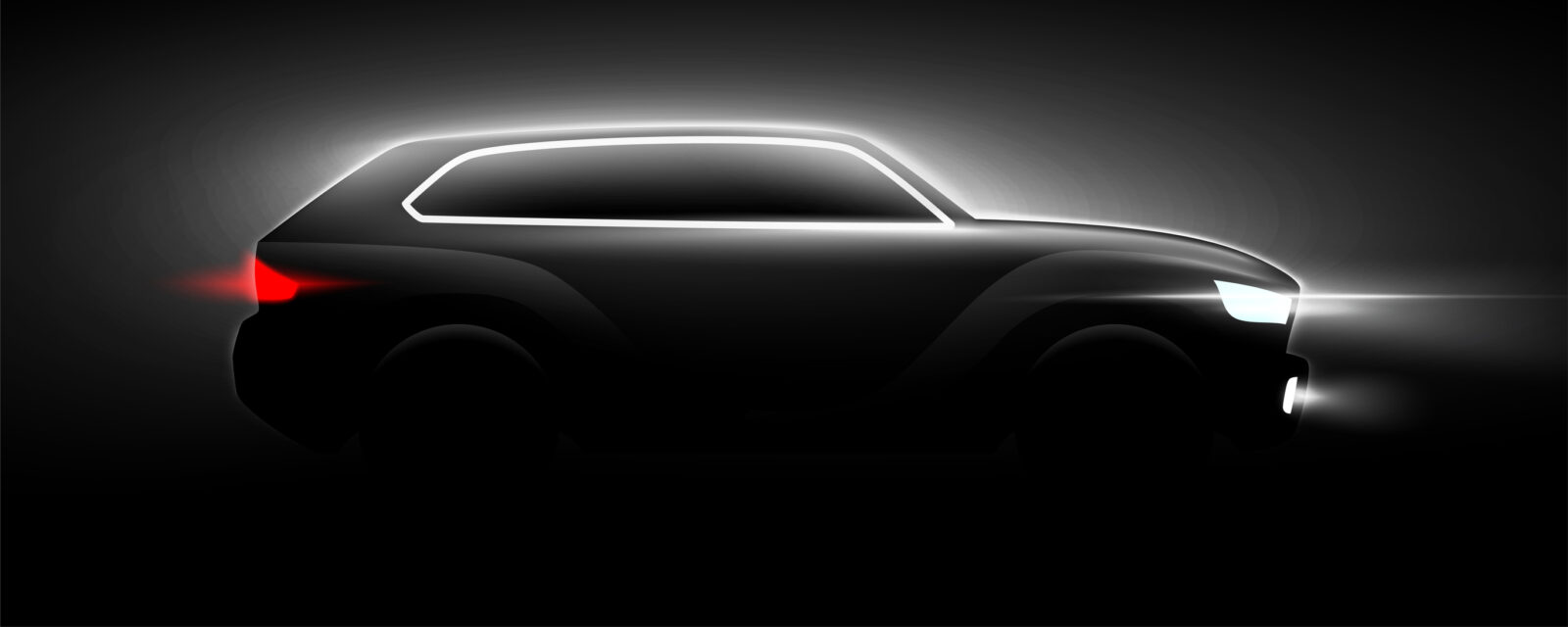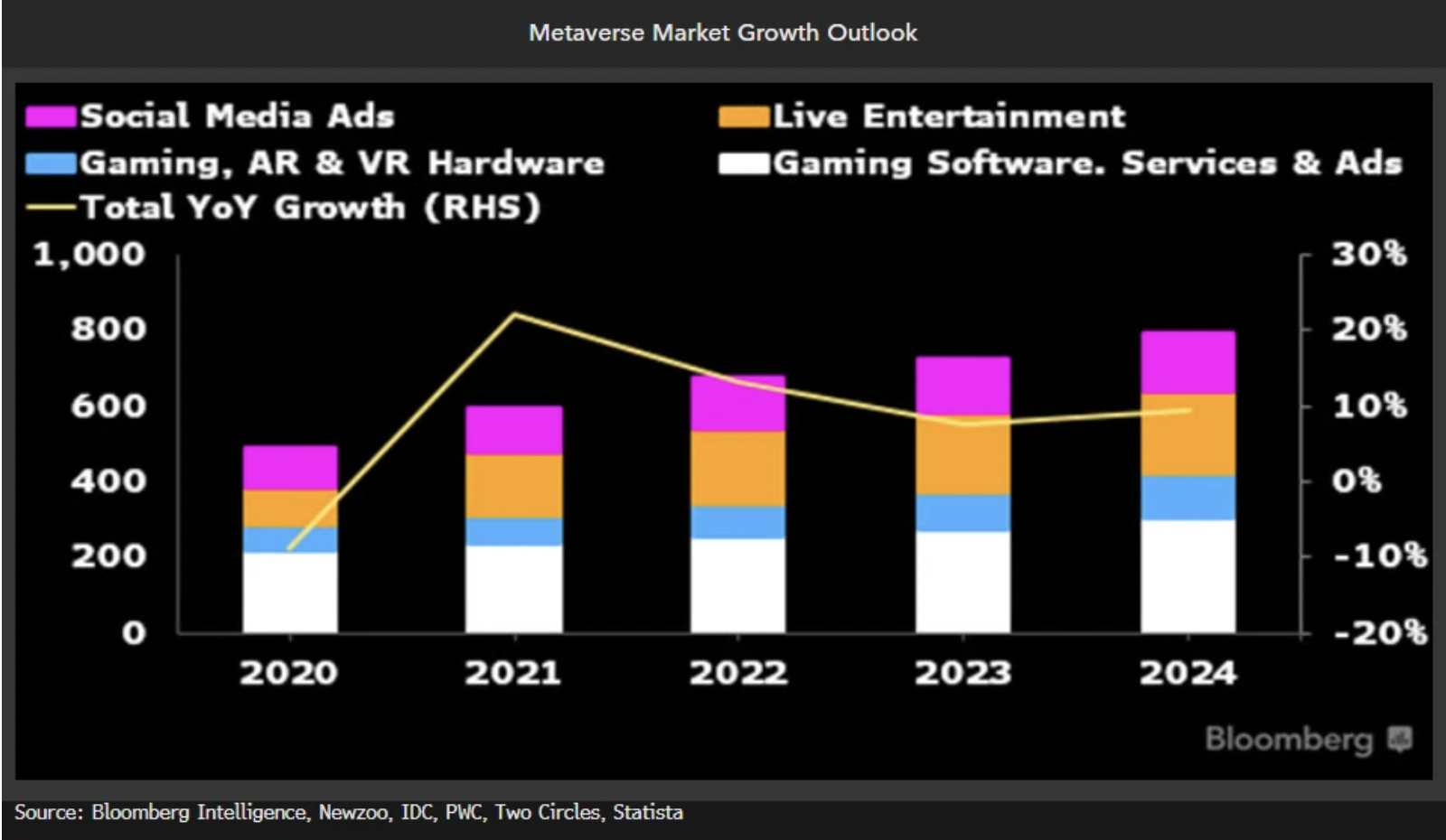 The car business is undergoing seismic shifts to its business model, most notably in manufacturing, sales/delivery of vehicles and the evolution of consumer buying preferences. The latest EY Mobility Consumer Index shows automotive digital retailing being driven by the rise of the electric vehicle, but many other buyers are coming along for the ride.
The car business is undergoing seismic shifts to its business model, most notably in manufacturing, sales/delivery of vehicles and the evolution of consumer buying preferences. The latest EY Mobility Consumer Index shows automotive digital retailing being driven by the rise of the electric vehicle, but many other buyers are coming along for the ride.
The increased demand for electric and hybrid vehicles is requiring OEMs (Original Equipment Manufacturers aka: car manufacturers) to move quickly, investing billions into developing cars and sales experiences that consumers crave. New digital infrastructure, experience centers, and digital workforce skills will require greater levels of investment from OEMs.
Rolling with the changes
Automotive retail, like so many other industries, is experiencing disruptive changes that were accelerated by the pandemic, and the ensuing supply chain issues. Supply problems hurt auto sales in 2022. Now that the global semiconductor shortage is easing, carmakers can increase production, but higher interest rates signal that the changes will likely continue. Dealers are preparing for more changes, and they’ll need the support of their manufacturers to win market share.
“It seems likely that rising interest rates are now constraining demand in the retail auto market,” says Charles Chesbrough, senior economist at the market researcher Cox Automotive. “With record-high prices and elevated loan rates, the pool of potential new-vehicle buyers is shrinking.”
Dealers and their OEM partners will need to assess the required automotive digital retailing investments, keeping in mind that each region and retailer is unique. Enhancements in one area may not be required or even desired in another, so it will take a concerted effort between dealer and manufacturer to address the needs of their specific market.
The Mobility Consumer Index study revealed three key automotive digital retailing factors
1. OEMs need to keep delivering for dealers.
Electric vehicles have caused an industry-wide shift in the relationship between consumers, dealers and OEMs.
The transition to alternate distribution models will require changing roles and investigation of new revenue opportunities. As traditional dealership revenue streams begin to shift, that likely generates a lot of apprehension, worry and subsequent inaction from dealer networks. Remember, we are working from a model that hasn’t changed much in 70+ years.
Dealers will rightly have expectations of their factory partners. Maintaining that important relationship will be crucial for OEMs as they seek to get closer to the customer. Local dealers are typically long-established members of their communities and can get closer to customers than a global company can on its own.
Dealers are much more than a conduit to customers. They possess the crucial role in providing customers with a wide range of services before, during and after the sale.
Creating an outstanding distribution organization requires significant investments by both the company and its independent dealers. Although those investments take the usual forms of money and capital assets, they also include softer assets such as organizational development to cultivate a common understanding of what it takes to provide superior customer service.
One OEM delivering for dealers in real time
As a great example of working together to offer a better digital experience, Cadillac just announced it will bring its U.S. dealers onto General Motors’ digital retailing platform beginning in the second quarter 2023 and will not limit it to electric vehicles as initially planned.
“That’s one of the things that you learn as you go through it,” GM North America President Steve Carlisle said. “As the tool developed and we started to deploy it and as we accelerated the transformation, it made sense to us — and, again, with the support of our dealers.”
GM has taken the approach that a vehicle’s powertrain should not determine which sales experience a customer can access.
2. Boost digital skills: A new era requires an enhanced workforce skillset.
Working in an experience center is not the same as in a traditional showroom. OEMs will need to provide ongoing digital and technical training if they are to successfully integrate both online and offline.
Additionally, dealership employees must receive training on how the customer experience will differ when experience centers are more prevalent in the car buying journey than they are today. Specific processes should be implemented to ensure a seamless customer experience, while protecting the delicate price and/or financing negotiations, which is the apex of selling the car.
Brand Experience Centers
If consumers expect to be able to perform more buying tasks online than they could in the past, the quality and nature of the experiences they seek will evolve.
The Experience Center concept is not as new as it sounds. Having worked in Beverly Hills for a major portion of my career, a place where clients are as demanding as they are beautiful, our showrooms and customer lounges were stocked with yummy pastries, delicious coffee and a surplus of media to make waiting for your car a little less tiresome.
Today’s Experience Centers build on serving the customer in a memorable way. They include luxuries like cafes, boutiques, outdoor decks, and even 5-star restaurants. They are focused on building the “brand experience” to showcase vehicles to consumers without the implied “hard sell” of a showroom.
The latest and perhaps the ultimate immersive experience is the Metaverse (Facebook/Meta’s high-tech alternative environment) a revenue opportunity that could approach $800 billion in 2024 (vs. about $500 billion in 2020) according to Bloomberg.

On one level, the Metaverse is just the latest upgrade to the AR/VR brand experience that many are already providing. But its real commercial potential lies in the opportunities for creating a huge range of margin-enhancing revenue streams at practically zero marginal cost, and also in its appeal to future cohorts of Gen-Z car buyers, who will likely expect OEMs to be in the Metaverse in the same way that their parents expected them to have a website.
3. Dedicated assessment of required investments
New digital infrastructure and experience centers, and the skills that go with them, will require greater levels of investment from OEMs.
Regardless of who is doing the selling, a “digitally fluent” workforce is fundamental to automotive digital retailing. Communicating with customers and conducting business online is here to stay, which means that salespeople need to navigate the online world as well as they do the phone or in-person.
Automotive digital retailing has transformed how car dealers sell vehicles. The merging of online tools with traditional in-person customer service allows retailers to better serve today’s consumer. Training and development in this area will be critical.
How do retailers successfully move into digital?
Most advisers recommend adopting it when the customer is at that point. Our industry is known for slow walking change so my advice is to not play catch up here because online selling is on your doorstep.
- Make sure your team is trained in digital communications, including social selling.
- Do all interactions (online or offline) build confidence and trust throughout the customer’s journey?
- Is there a transparent process that lets your customer drive their purchase experience?
It may be too soon to say for sure whether every customer will trade convenience for negotiation. One thing we do know for sure is that the consumer must see value upfront.
The seamless car buying future
Dealers and OEMs are already in a world where winning the sale is no longer just about having the best product, the smartest salespeople and the most competitive deal. Now they will also need to evolve beyond competing for the wow factor of who has the best online or virtual experience, to who can offer the best customer lifetime experience.
The goal of customer experience today is a seamless digital marriage of online, offline and virtual elements. OEMs and dealers have tested and developed many of the individual elements of that experience; the challenge now is how to best integrate them into a unified whole.
The leaders of tomorrow, whether OEM or dealer, will be those that offer consumers the seamless buying experience they expect, with the physical touchpoints they still need, via whatever medium they choose.
To conclude, the future car-buying experience will be a mixture of online, offline and virtual elements with the personal/in-person component that consumers still desire. Automotive digital retail will transition away from the old product-centric worldview and distribution model toward this seamless integrated future.
This is the final of four sponsored articles exploring the results of the Ernst + Young MCI study, along with my own insights on how those results can be useful to retailers’ automotive digital retail strategy. Contact me here for guidance or questions.
